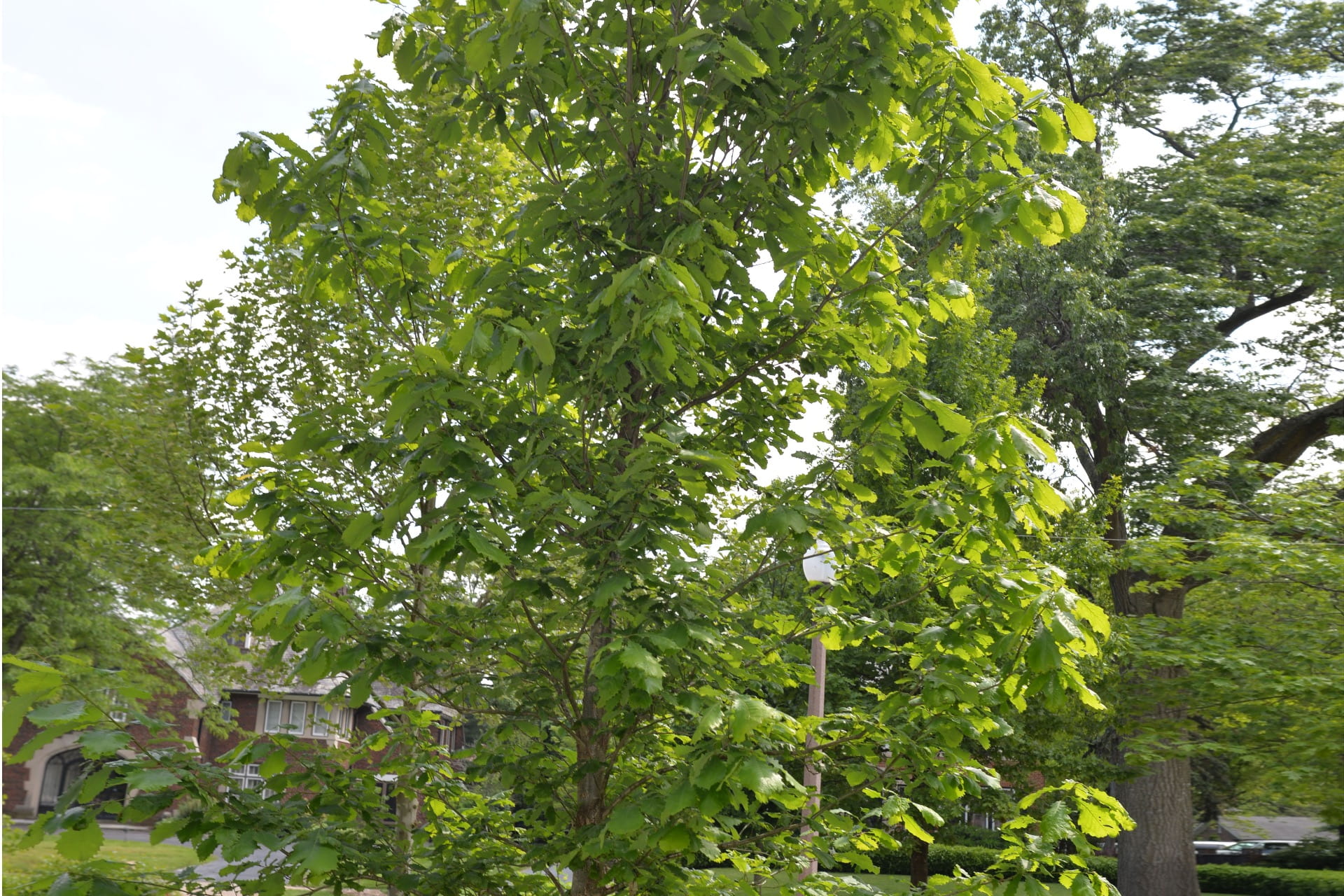Swamp Chestnut Oak
Arbor walk #55, Treekeeper ID #7212

This oak is native to the American South, including Missouri’s Bootheel region. As its name suggests, the Swamp Chestnut Oak resides in poorly-drained, swampy areas, which does not lend itself to widespread urban landscaping use. However, it is a fantastic tree with edible raw acorns and commercially useful wood for manufactured tools, fenceposts, and barrels.
The Swamp Chestnut Oak is a member of the subgenus of white oaks. These oaks are distinguishable from other oaks from their smooth lobe tips (no awns), their hairless leaf undersides, and their lighter, flakier bark. The acorns of white oaks are also less tannic; in the Swamp Chestnut Oak, enough so to be eaten raw.
| Common Name | Swamp Chestnut Oak |
|---|---|
| Latin Name | Quercus michauxii |
| Indigenous Name(s) | |
| Cultivar/Variety | |
| Commercial Name |